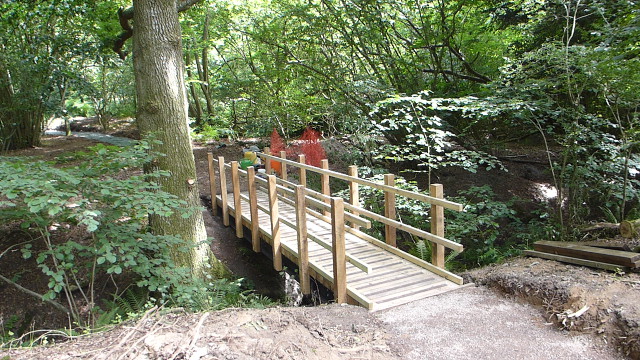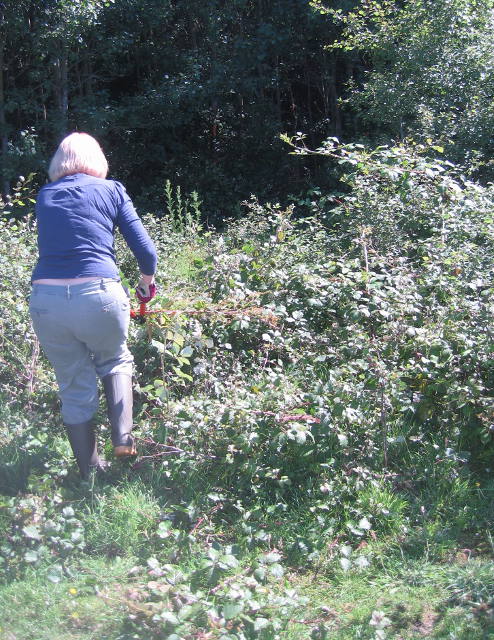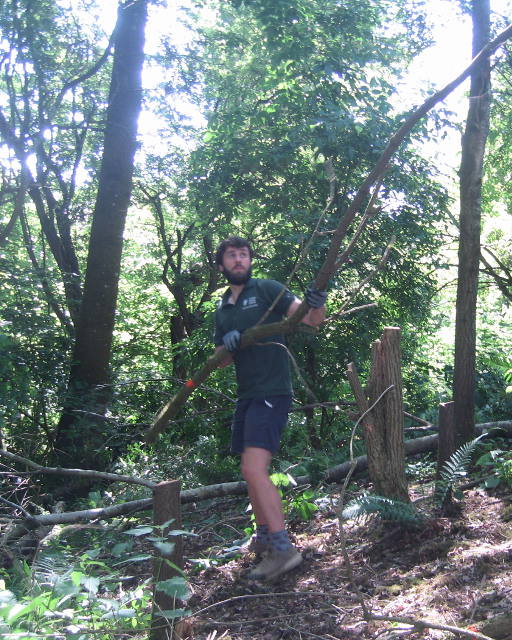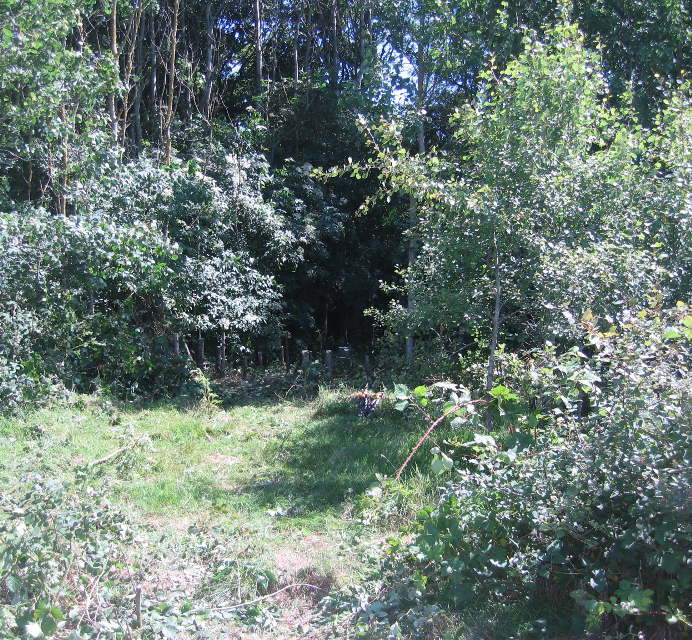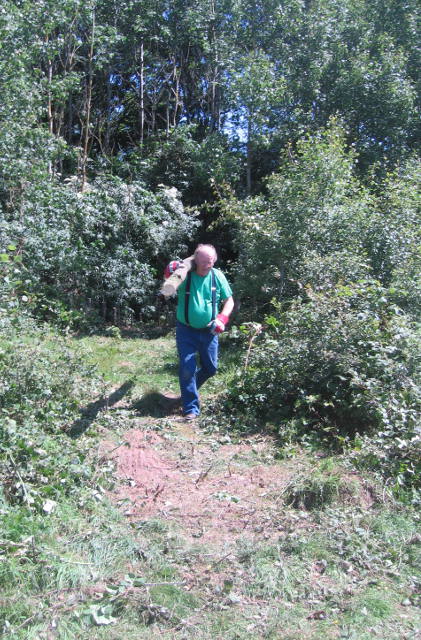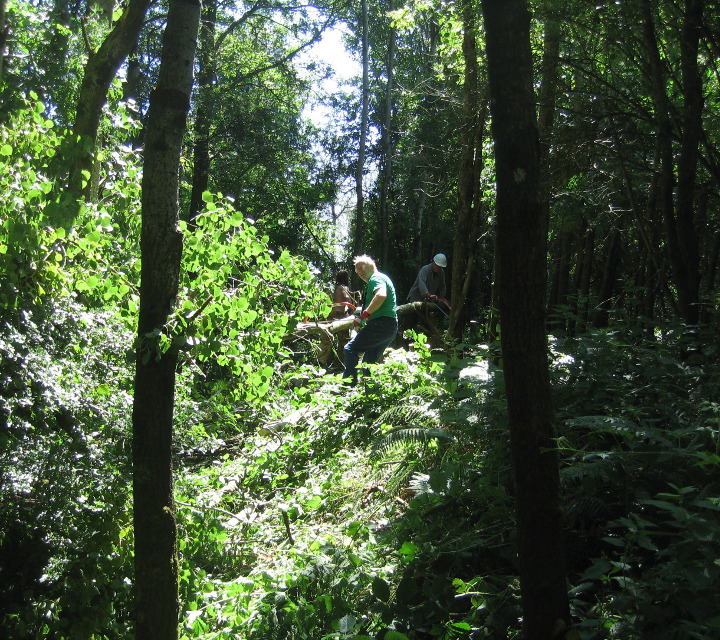Efforts continue to restore the heather at Sullington Warren. The infestation of heather beetle a few years ago plus people walking across the heather beds and exercising their dogs on them, plus the impact of climate change with periods of hot weather and drought have taken their toll on the heather at the Warren which in previous years provided a blaze of colour in late summer and early autumn. The heather beds around The Green have been fenced off to deter visitors walking across them and dog walkers exercising their dogs on them – dog excrement is particularly harmful to heather which thrives in low nutrient environments particularly as highly fertilized soils encourage the growth of competing plants that shade out the heather.
Work parties at Sullington Warren have been engaged in bracket bashing – the damaging of the bracken plants in order to weaken them and so reduce their spread across the heather beds.
With lowland heath being one of the world’s rarest habitats and particularly important for reptiles (of which there are six native species in the UK, all of which are rare and threaten) it is hoped that with careful management and cooperation from the public, this patch of lowland heath in Storrington will again become a place to see amazing plants and animals just a short distance from home. It isn’t every village that can boast having a Site of Special Scientific Interest (SSSI), (designated as a SSSI because of the rare dry and wet lowland heath habitats and the species of plants and animals they support) so close to its centre. At the moment this SSSI’s condition is assessed as ‘unfavourable’. The aim is to get it to a ‘favourable’ status and again see species of plants and animals on it that have been lost over the years.
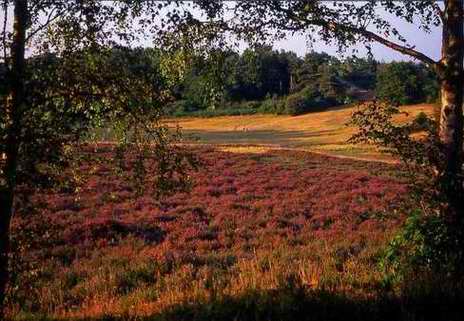 National Trust is aiming to get the heather beds looking like again. All of us who use and enjoy Sullington Warren can help.
National Trust is aiming to get the heather beds looking like again. All of us who use and enjoy Sullington Warren can help.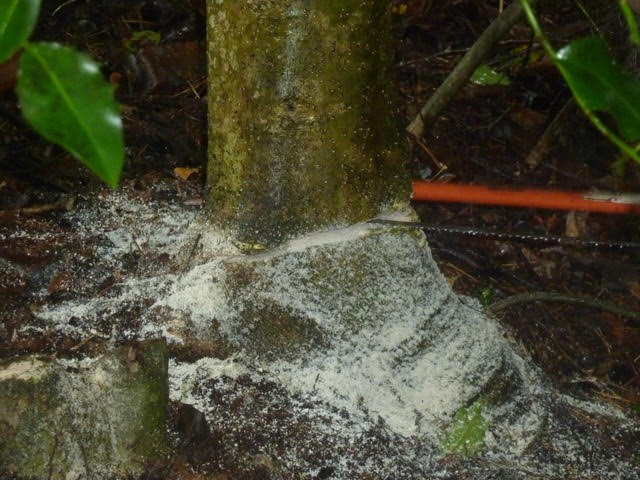
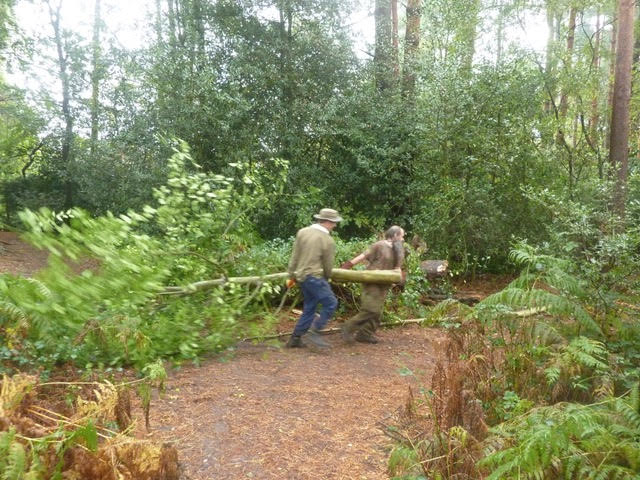
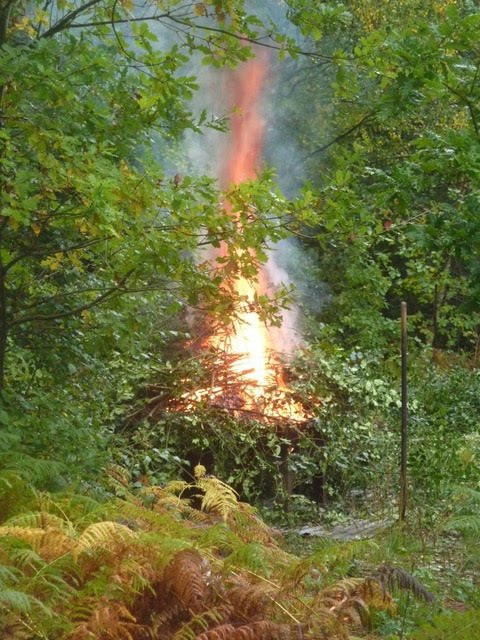
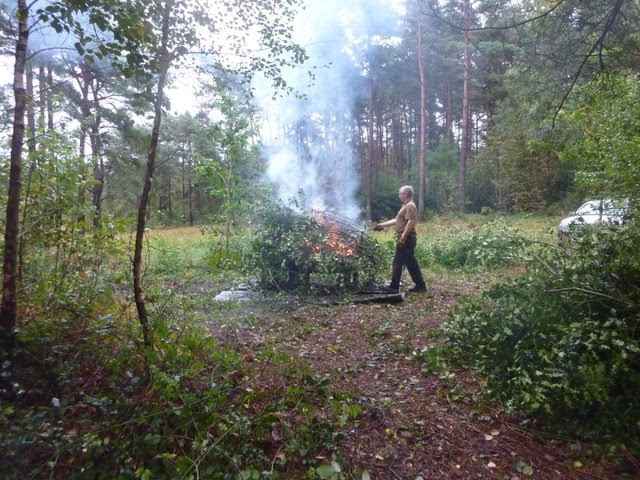
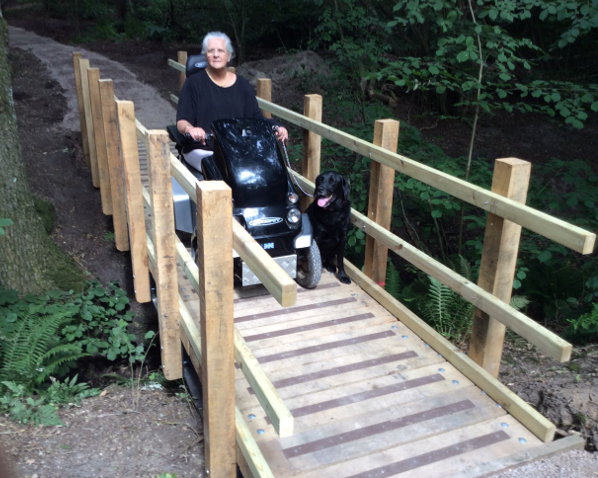
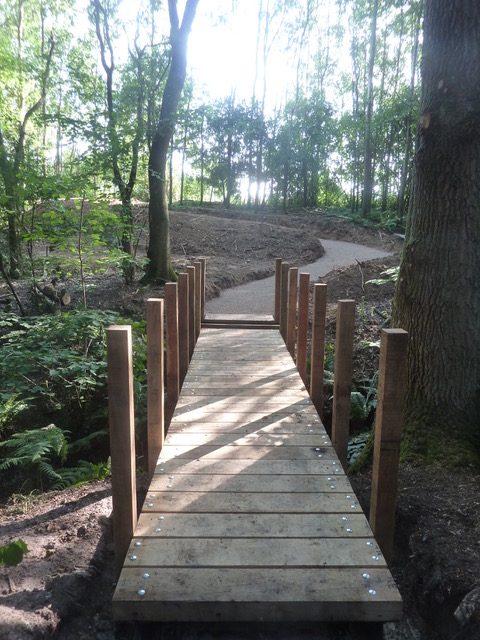 Regular visitors to Sandgate Park would have seen that within a few days the contractor had cleared away the felled logs, removed the tree stumps and dug out the new path, and created the concrete foundations for the bridge.
Regular visitors to Sandgate Park would have seen that within a few days the contractor had cleared away the felled logs, removed the tree stumps and dug out the new path, and created the concrete foundations for the bridge.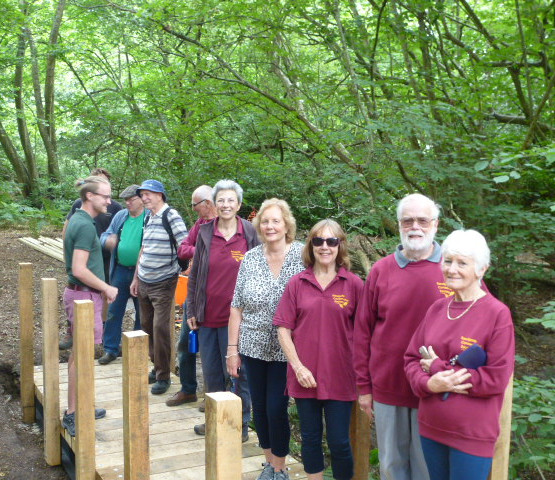 so on Tuesday morning the ‘crew’ gathered for work. Sandgate Conservation Society volunteers were joined by Horsham District Council Parks and Countryside staff. Anna Worthington-Leese, Chairman of Storrington and Sullington Parish Council came along to check out progress.
so on Tuesday morning the ‘crew’ gathered for work. Sandgate Conservation Society volunteers were joined by Horsham District Council Parks and Countryside staff. Anna Worthington-Leese, Chairman of Storrington and Sullington Parish Council came along to check out progress.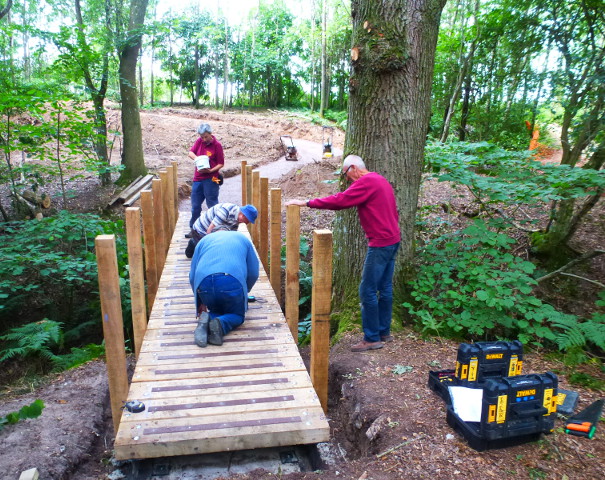

 While this activity was going on the contractor was continuing work on the paths. A new path is being created from the new bridge to the gate onto Badgers Holt. This will provide accessible access to the area of Sandgate Park from the eastern end of the park. It is hoped that park users will stick to this new path so that the native bluebells and wild daffodils are not trampled.
While this activity was going on the contractor was continuing work on the paths. A new path is being created from the new bridge to the gate onto Badgers Holt. This will provide accessible access to the area of Sandgate Park from the eastern end of the park. It is hoped that park users will stick to this new path so that the native bluebells and wild daffodils are not trampled.